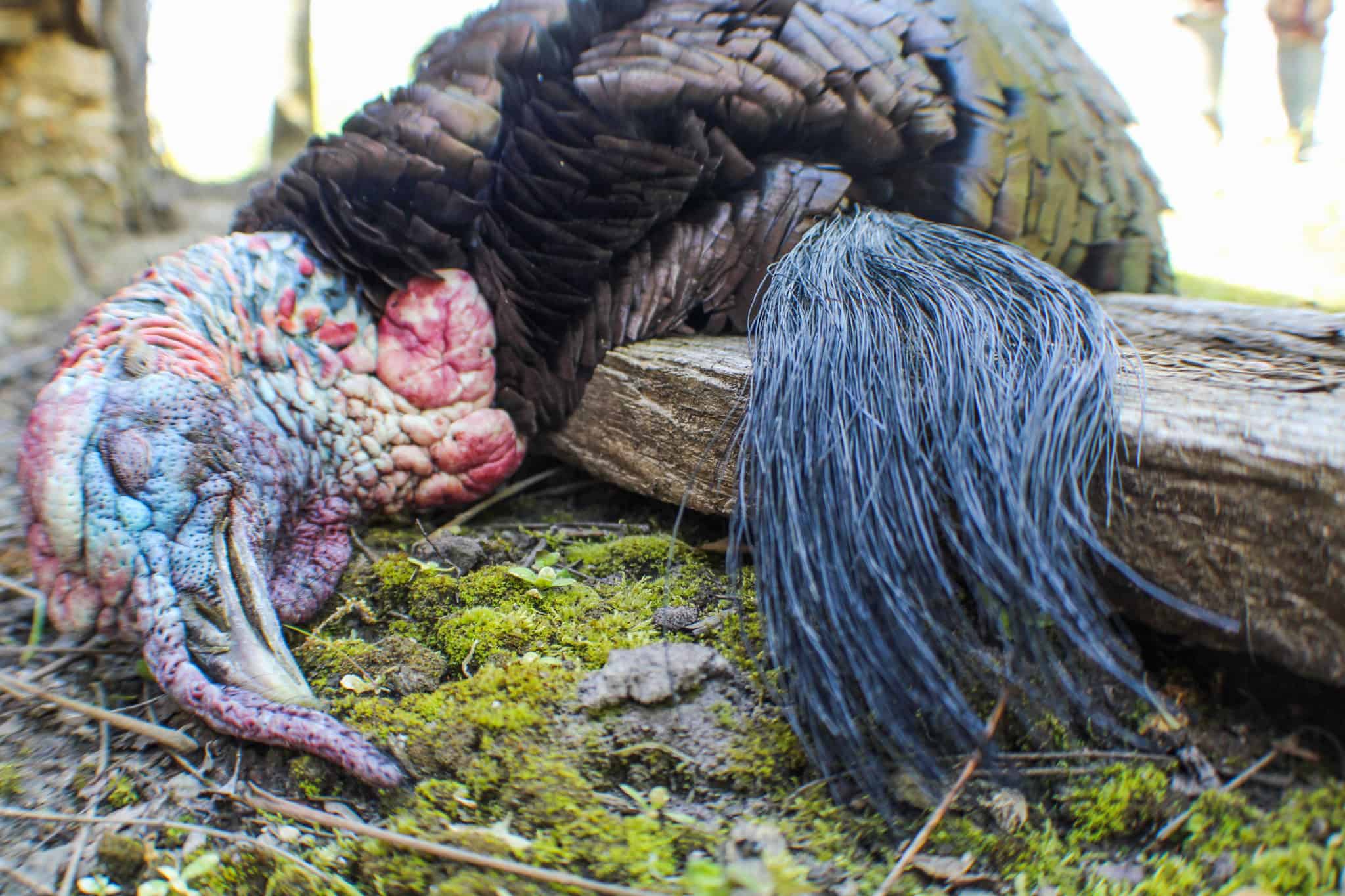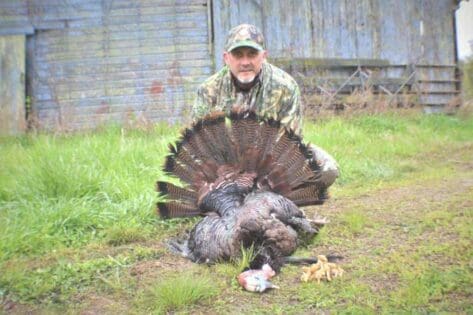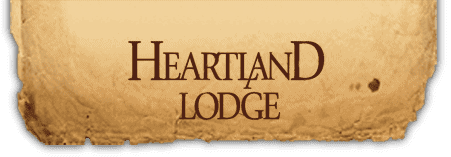The Way of the Turkey Gun…Sights, Chokes, and More
I once had a professional upland guide and very accomplished clay shooter debate with me the topic of pointing his turkey gun instead of aiming it because it was a shotgun. He claimed that the only proper way to shoot a shotgun was to “point it”. I will discuss all of the ways that statement is wrong and also offer you some advice on the proper way to pattern your turkey hunting gun.
In this blog we’ll cover:
- Turkey Hunting Shotgun Sights
- Choke Tubes for Turkey Hunting
- Patterning your Turkey Gun
- Effective Range for your Turkey Gun
Turkey Hunting Shotgun Sights
If you share his opinion, I will do my best here to change your mind. While undertaking the sport of wingshooting or clay shooting the proper way to direct your line of fire is through “pointing” your shotgun. These sports nearly always involve leading your target with various techniques due to the moving nature of your target. You are also sending a grouping of pellets downrange, known as a “pattern” that does not have a specific point of impact. So, aiming in its’ true form such as with a rifle is pointless and usually will result in a miss if attempted. With that being said, turkey hunting is not wingshooting.
In fact, it is much more comparable to big game hunting than it is to pheasant hunting and as a result, requires much different equipment. A properly equipped turkey hunting gun, in my opinion, should have a sighting system similar to a gun shooting a single projectile. Rifle sights (my preference), red dots, scopes, etc. all require aiming and will not allow “point” shooting. At a bare minimum one should have two inline beads which will assist in proper alignment. A single beaded gun does not fit my criteria of a turkey firearm, although many people turkey hunt with every year. I am not saying they are doing it wrong they are just not reaching the full capabilities of their turkey gun.
Best Choke Tubes for Turkey Hunting Guns

Speaking in general terms I feel that most hunters would be more apt to try and stretch the effective range of their gun if using a more “open” choke such as a modified, which would result in wounded turkeys. If you intend to shoot farther than 25 yards with a 3-inch 12 gauge you will need at least a full choke. Over 30 yards with the same gun you will need and extra full. If you intend to shoot 35+ yards you should plan on investing in an aftermarket turkey choke tube. I have used many brands and had good success. You should buy the best tube that fits your budget. In my experience you get what you pay for so don’t go cheap. If during the patterning process, you are unhappy with your results try a different brand choke tube. Often times the gun will prefer one choke over another.
Patterning Your Turkey Hunting Shotgun

In a 12-gauge turkey load this would 3 1/2 in. (if your gun will shoot them, 3 in. if not) and #6 shot. Take a very large piece of cardboard such as poster board and tape on a 30-inch target. I would put this target out at 30 yards and shoot it. When looking at my pattern I always flip my paper over to the back side to get the best view without the busyness of a turkey head or bullseye. I then find the center of the pattern based on concentration of pellets. I would then physically draw a 10-inch diameter circle around this center concentration. At this point I study the 10-inch circle and look for any visible gaps in pellets. The number of pellets in this area is less important than the gaps. If the pattern is dense and consistent, then step the target back to 40 yards and repeat. Most guns will start to show some gaps in the pattern between 40-50 yards. However, some well-equipped guns with high end loads will be consistent much further out. At any rate, I would continue shooting in 10-yard increments until you have big gaps the size of a turkey head in your pattern. Then I would go back to your last good pattern distance and increase it a few yards at a time to find your maximum effective range.
Effective Shotgun Range for Your Turkey Gun

Once you have established your guns effective range you can really start to fine tune it with a variety of loads. If you can get larger shot such as #4’s or #5’s to pattern really well within your effective range, then you may want to opt for more knockdown power. But this larger shot will NOT increase your effective range, since pattern consistency is the deciding factor there. I personally prefer tri-plex loads such as 4x5x7’s that blends knockdown power with good pattern density. I usually shoot custom loaded shells that are made with Hevi-Shot pellets. These seem to hold pattern density better at extended ranges than lead and pack a little more punch.
No matter what gauge shotgun you choose to shoot there is a choke/load combination that will make it very effective at taking down turkeys. My personal guns effective range vary from 45 yards for my 20 gauge, 55 yards for my 12 gauge and 60 yards for my 10 gauge. Just as a point of reference for what can be achieved by fine tuning your turkey gun setup…my 10 gauge has a confirmed pattern of 318 pellets in a 10-inch circle at 40 yards. Turkeys just don’t walk away from that! We owe it to the turkeys we hunt to make sure we know the effective killing range of our equipment and stick to it. So please spend a little time with your firearm before the season opens.
Good luck this spring!
-Corey J. Wilkinson
Quick Links
Last Updated: March 27th, 2024



